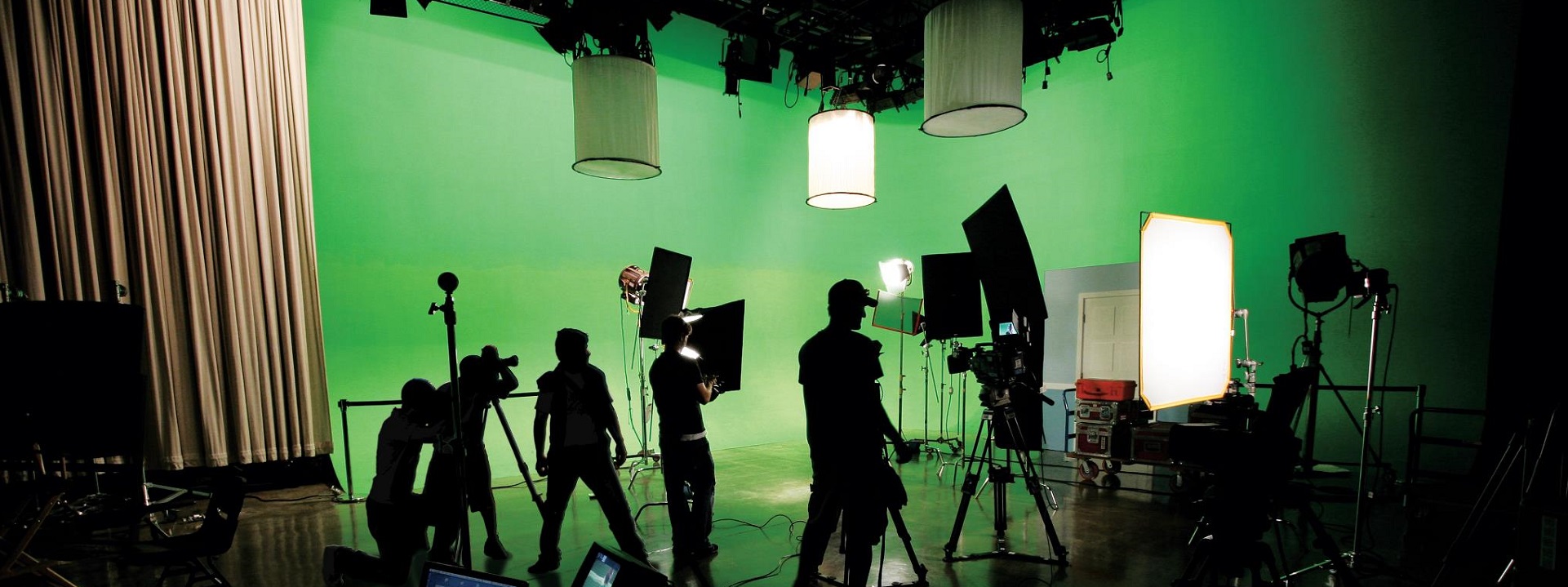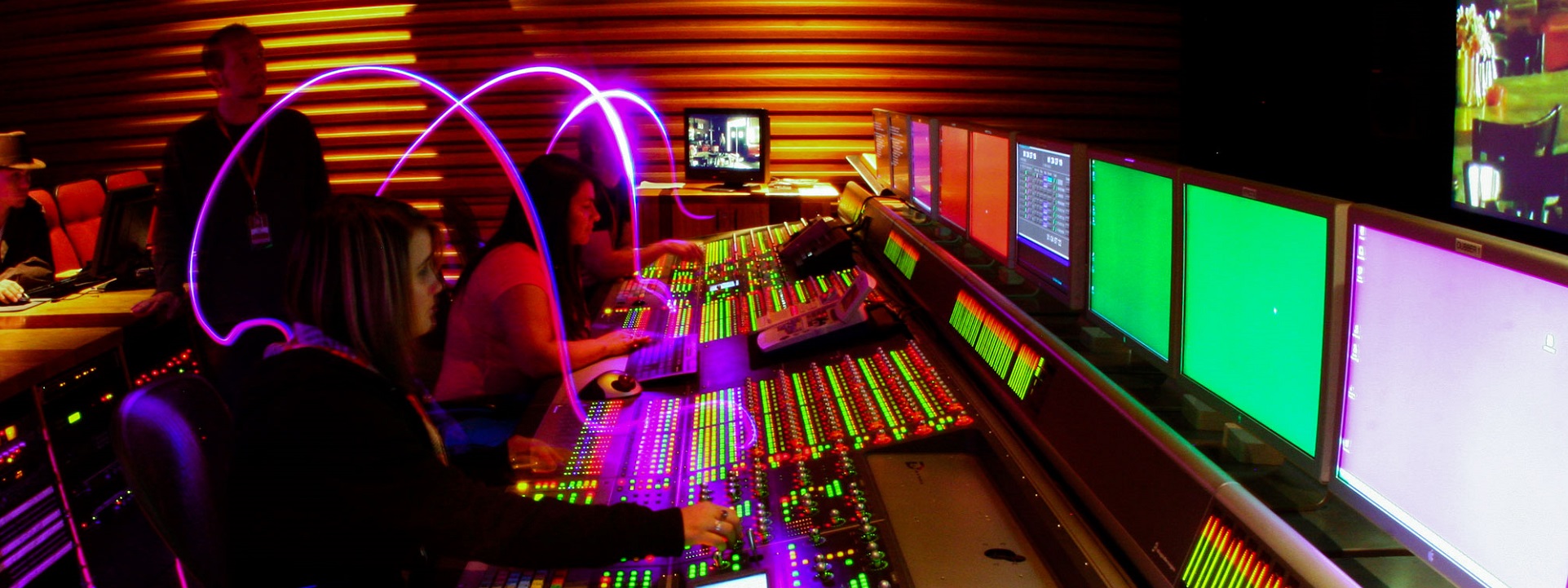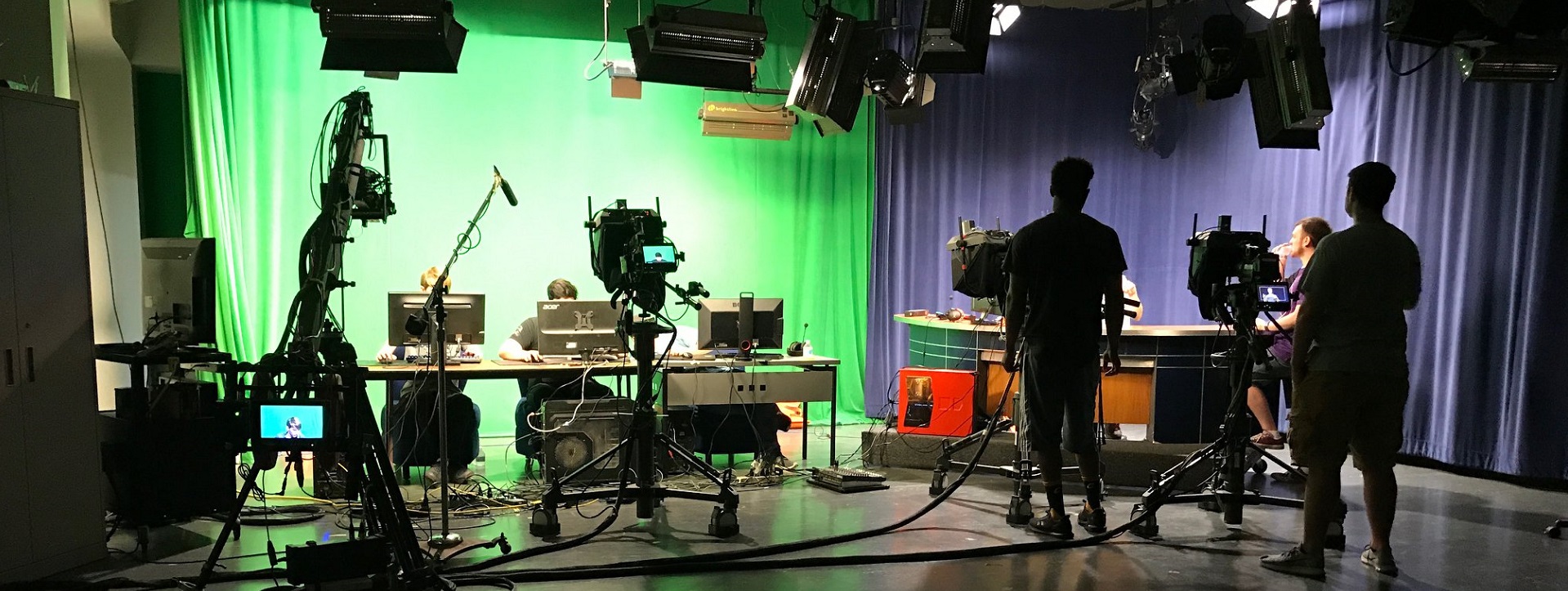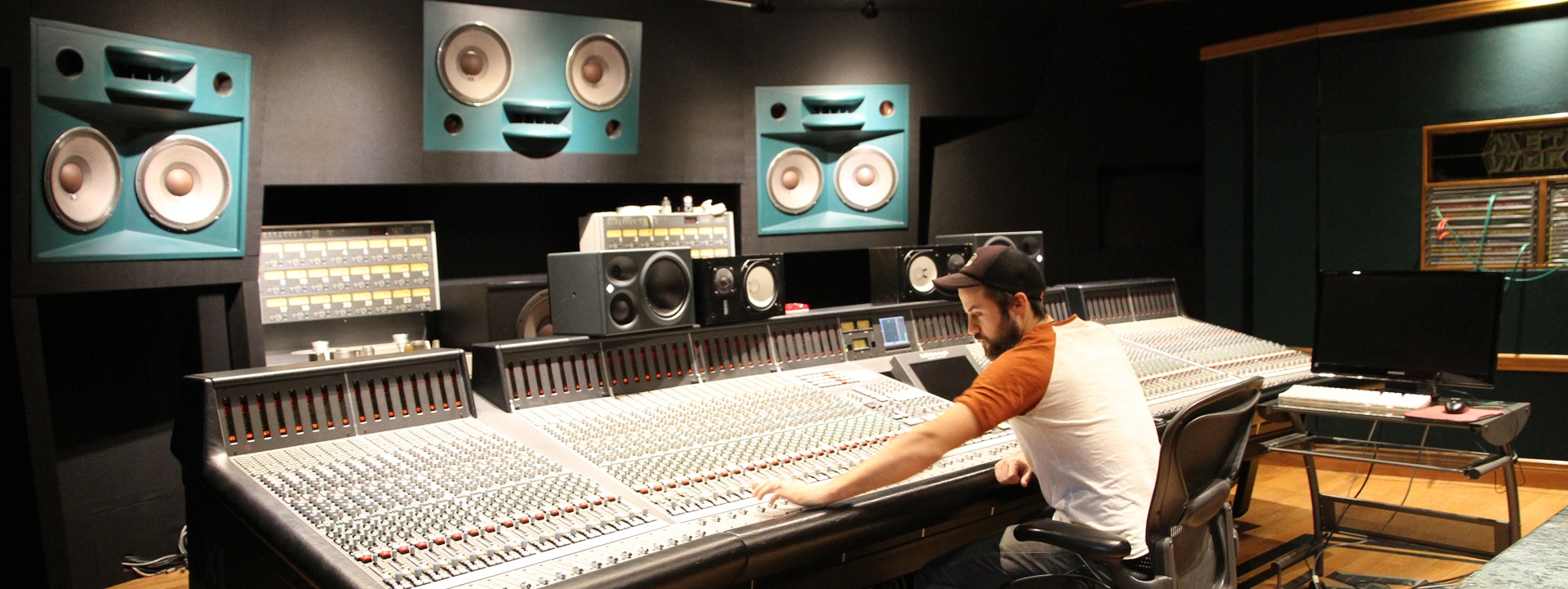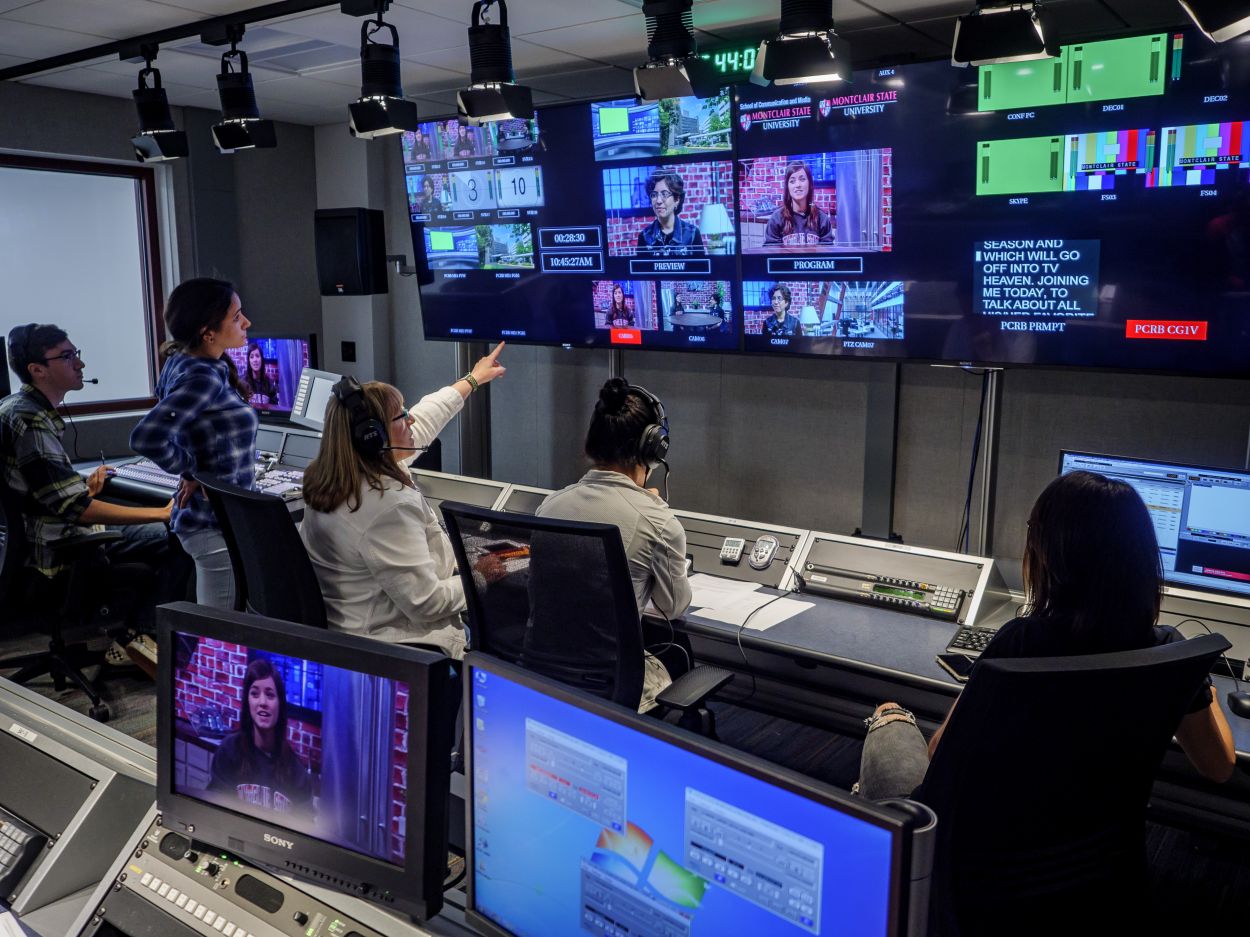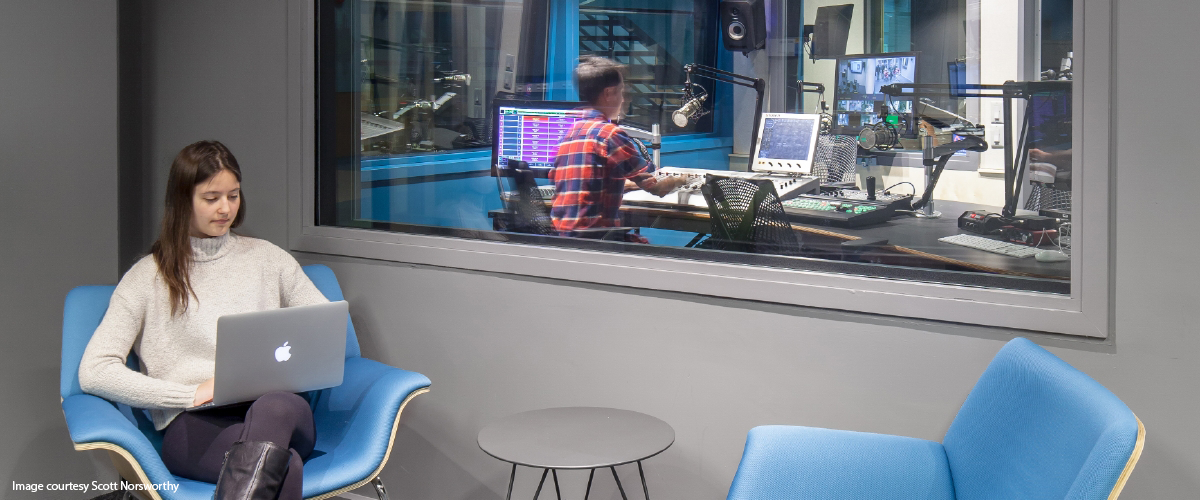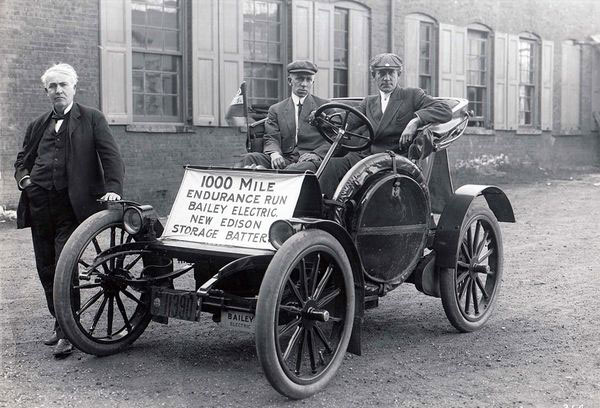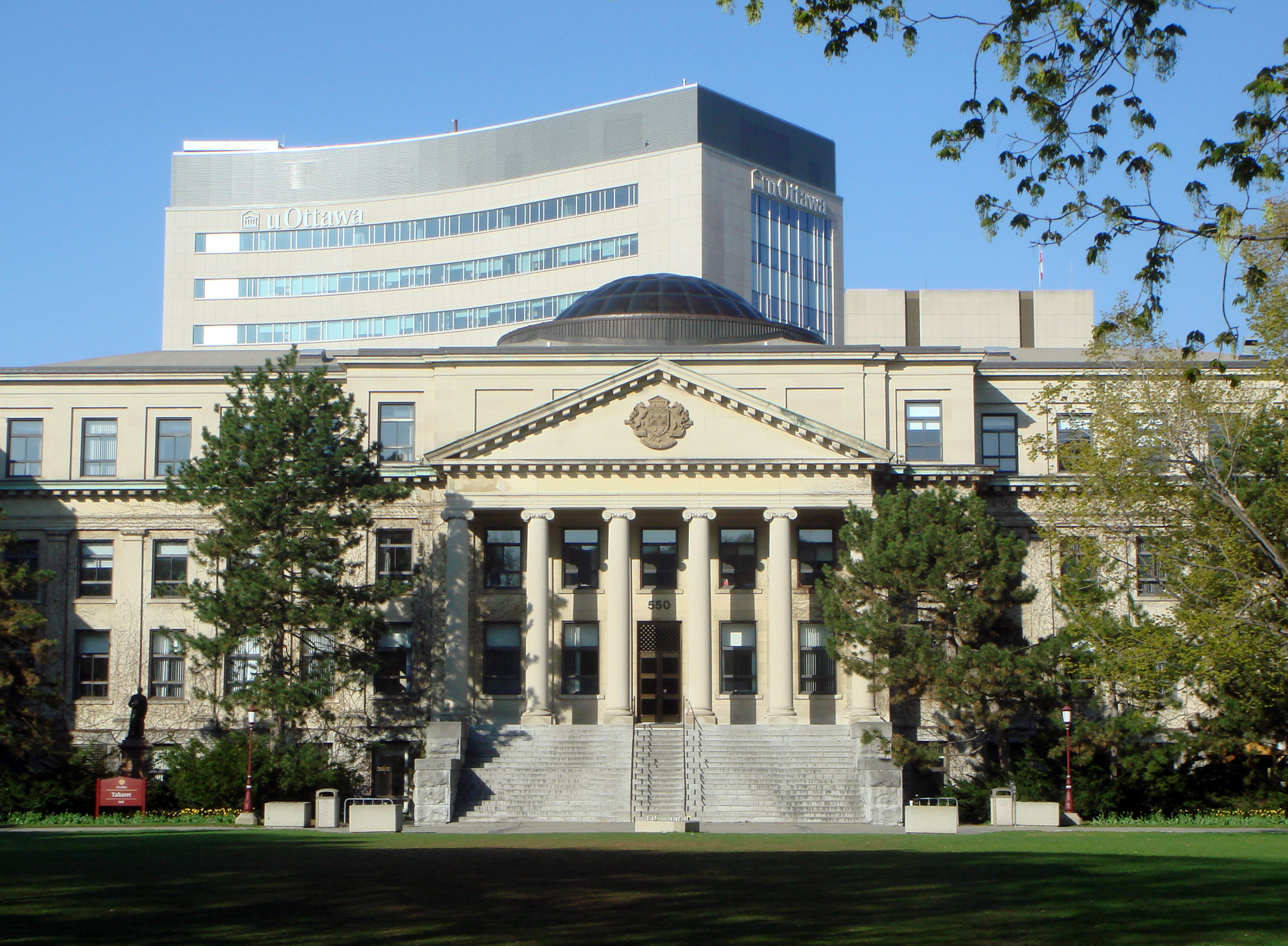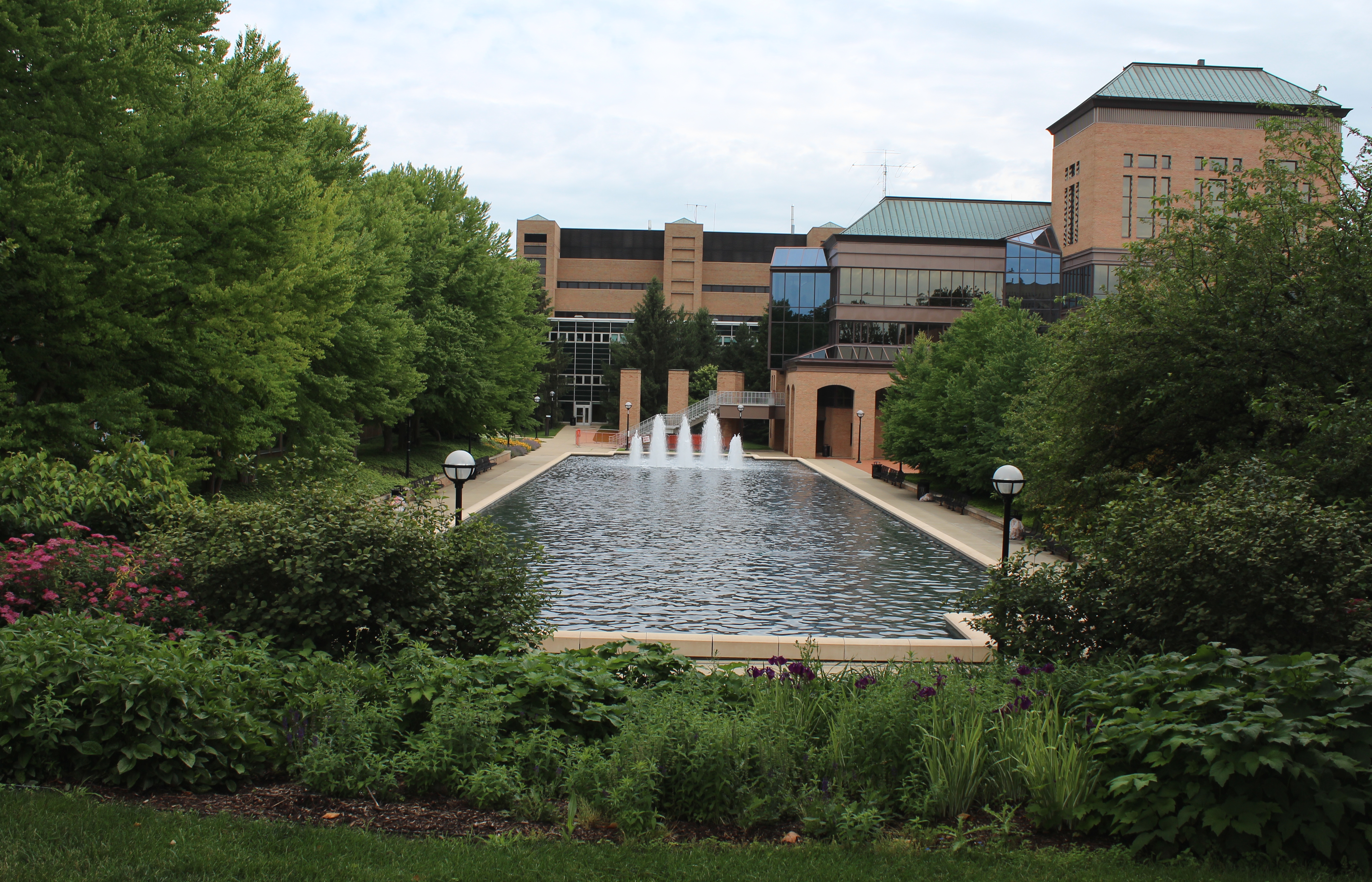The Audiovisual and Integrated Experience Association is an ANSI-accredited standards setting organization that, since its founding in 1939, has accumulated more than 11,400 enterprise and individual members, including manufacturers, systems integrators, dealers and distributors, consultants, programmers, live events companies, technology managers, content producers, and multimedia professionals from more than 80 countries. It throws off a fairly steady stream of best practice literature every year.
From its mission statement:
AVIXA members create integrated AV experiences that deliver outcomes for end users. AVIXA is a hub for professional collaboration, information, and community, and is the leading resource for AV standards, certification, training, market intelligence, and thought leadership.
From its filing with ANSI:
AVIXA intends to develop standards of the nature of the “performance” of various aspects of audiovisual systems. These fall into the categories of audio, visual, control systems, user interfaces, etc. These standards are specific to systems but not to equipment.
When special event contracts are written that include the statement — “conform to all applicable standards” — AVIXA standards would be understood as setting the quality benchmark for the audio-visual experience. Apart from the local Fire Marshall and Electrical Inspector charged with event safety, there is no organized conformance stakeholder other than the customer (in our case, education communities). In recent years we have seen the emergence of a new cadre of “event inspectors” (which means conference, training and certification revenue for non-profits); a topic we will cover in a separate post.
AVIXA’s standards setting enterprise is solid — conforms to all due process requirements — but struggles mightily for user-interest participation (as do other ANSI accredited standards setting organizations):
AVIXA Standards Public Review Status
Now that pandemic has off-loaded large chunks of the residential “campus experience” to the internet, we need to step up our mindfulness about how A/V experiences support instructional and cultural needs of education communities. With the respect to the electrotechnical installations themselves:
a) Should they be built and managed as a central resource to an entire school district, college, or university?
b) Should they be built and managed by smaller, individual academic and business units?
c) Something in between.
We hazard a guess that choice (c) is the likely outcome. There are “haves” and “have-nots” in education communities; just as there are in the world at large. The more we demand of these enterprises, the more they will cost.
We maintain the AVIXA suite on our Lively Arts colloquia. See our CALENDAR for the next online meeting; open to everyone.
Issue: [18-349]
Category: Lively Arts, Electrical, ICT
Colleagues: Mike Anthony, Jim Harvey, Mark Scott



